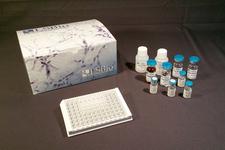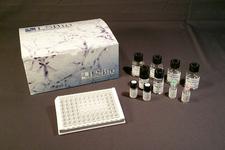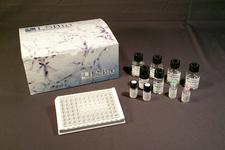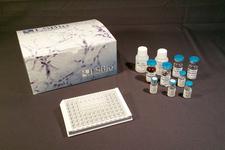order histories, retained contact details for faster checkout, review submissions, and special promotions.
Forgot password?
order histories, retained contact details for faster checkout, review submissions, and special promotions.
Location
Corporate Headquarters
Vector Laboratories, Inc.
6737 Mowry Ave
Newark, CA 94560
United States
Telephone Numbers
Customer Service: (800) 227-6666 / (650) 697-3600
Contact Us
Additional Contact Details
order histories, retained contact details for faster checkout, review submissions, and special promotions.
Forgot password?
order histories, retained contact details for faster checkout, review submissions, and special promotions.
O3FAR1 / GPR120
free fatty acid receptor 4
Receptor for medium and long-chain free fatty acids (FFAs). Signals via a G(q)/G(11)-coupled pathway. Acts as a receptor for omega-3 fatty acids and mediates robust anti-inflammatory effects, particularly in macrophages and fat cells. The anti-inflammatory effects involve inhibition of TAK1 through a beta-arrestin 2 (ARRB2)/TAB1-dependent effect, but independent of the G(q)/G(11)-coupled pathway. Mediates potent insulin sensitizing and antidiabetic effects by repressing macrophage-induced tissue inflammation. May mediate the taste of fatty acids. Mediates FFA-induced inhibition of apoptosis in enteroendocrine cells. May play a role in the regulation of adipocyte development and differentiation.
| Gene Name: | free fatty acid receptor 4 |
| Family/Subfamily: | GPCR , Fatty acid |
| Synonyms: | FFAR4, Free fatty acid receptor 4, GT01, GPR129, GPR120, O3FAR1, PGR4, BMIQ10 |
| Target Sequences: | NM_181745 NP_859529.2 Q5NUL3 |
Publications (6)















If you do not find the reagent or information you require, please contact Customer.Support@LSBio.com to inquire about additional products in development.












